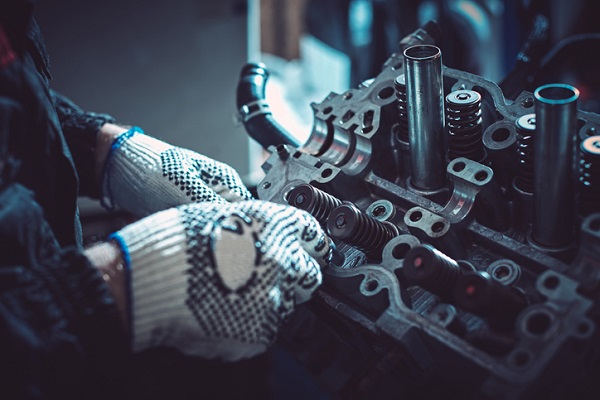3 Things Students in Auto Mechanic Training Should Know About an Engine Rebuild

When you become an auto mechanic, one task you’ll likely have to learn is the ability to disassemble and reassemble vehicle engines. This process is called an engine rebuild and, while time consuming and complicated, it offers an amazing look into how engines work. While rare in newer vehicles, engine rebuilds are fairly common when working on classic or rare cars.
Engine rebuilds are major projects and a great opportunity to put your training into practice. Here are a few things about engine rebuilds you should know.
1. Use Your Auto Mechanic Training to Find Out What the Problem Is
Some engine problems will require a complete rebuild, while others will only require a partial one. In fact, sometimes engines can fail not because of a problem with the engine itself but because of an issue elsewhere in the vehicle.
For example, a problem with the vehicle’s wiring could cause the engine to stop working, but it won’t require an engine rebuild. A problem with the engine’s pistons or crankshaft, however, will necessitate a fairly thorough rebuild. So, when a customer comes to you complaining of their engine not working, use your auto mechanic training to diagnose the issue and decide what kind of work is necessary.
2. Engine Rebuilds Give You a Chance to Inspect for Unseen Damage
In most cases, engines stop running because they overheat. This can be caused by many things, like a broken water pump, faulty thermostat, or clogged heater core. Alternatively, overheating could simply be because the oil levels are low or because the oil itself is too old and needs to be replaced.
All of these problems, unfortunately, can end up damaging the engine. When you start your career after auto mechanic college, you’ll need to know the extent of the damage to determine what parts of the engine need to be replaced. One advantage of an engine rebuild is that it gives you a chance to hoist the engine out of the car, at which point you can more easily inspect it for issues that may not have otherwise been apparent.

3. Auto Mechanics Can Opt for a Piecemeal Repair or a Total Rebuild
Generally speaking, there are two approaches to engine rebuilds. The first is to replace engine parts piecemeal. This way, parts are replaced as needed and parts that aren’t completely worn down are left on the engine. The goal is basically to get the engine back into working condition. The advantage of a piecemeal approach is that it costs less and is less labour intensive. However, it means that small problems may go unaddressed and could develop into bigger ones later on.
Alternatively, on a complete engine rebuild most or all of the engine’s parts are replaced regardless of how broken or worn down they are. The goal of a complete rebuild is to get the engine running like new. Obviously, completely rebuilding an engine takes a long time and requires a significant investment. On the bright side, the vehicle owner will have an engine that will last them much longer than what a piecemeal rebuild would.

Are you interested in an automotive career?
Contact CATI to learn more about our auto mechanic programs.
